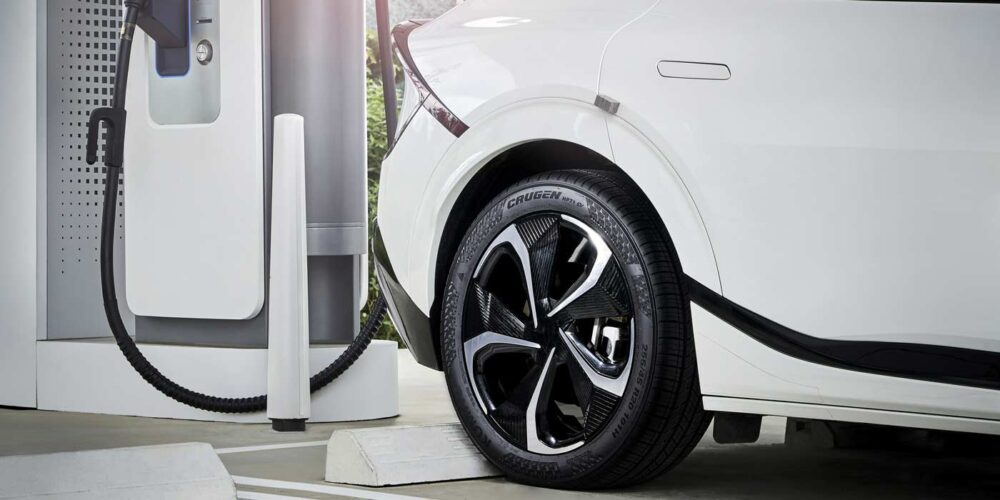There is much to consider when purchasing tires – including brands, tread designs and casing types.
Casing types fall into two categories of performance: hard (Tier 1) and soft (Tier 2).
Original treadlife and casing durability/retreadability are the basic Tier 1 values, while ride/handling, traction, stone holding, casing size (for retread interchangeability and dual matching) rolling resistance (fuel economy), pass-by noise, and other such “soft” properties make up the second group.
Arguably, there is a third group of tire characteristics relating to tire application guidelines that can become subsets, especially of treadwear. These include resistance to irregular wear, tread chip/chunk/cut resistance, changes in traction and wear rate as tread depth decreases, and other such properties that affect overall tire removal mileages.
Recent years have seen several trends in over-the-road truck designs that have the potential to affect the rate and type of tire wear.
Increased torque levels, softer riding suspensions, longer wheelbase tractors and higher steer-axle loadings are several examples. Also, there has been an increase in the number of available specialized truck configurations – especially in the metro/pick-up delivery service markets – that have the potential to cause changes in the type and rate of tire wear and durability. Therefore, it is advisable to review the basics of tire wear mechanisms and relate them to any new vehicle types and/or service conditions in your operation.
The two dominant tire wear mechanisms are, first, abrasion (scrub) wear and, secondly, torque (circumferential slip) wear. Since nearly all tire wear can be traced back to one or both of these, a basic understanding and common-sense application (considering mechanical relationships, such as leverage, weight distribution, torque transfer, cornering forces and speed) can solve most tire wear mysteries or at least avoid surprises. Consider these issues:
• Truck steer tires with two rear axles wear considerably faster than single rear-axle models. This is true even if only one of the two rear axles is driven. More cornering force (scrub) has to be generated by the two steer tires to overcome scrub resistance of the two rear axles, which must slide sideways when the truck turns.
• Rear drive-axle tires generally wear faster than forward axle tires in a full twin screw set up, since typical weight distribution causes the forward tires to act as a pivot point during turns, therefore having less side scrub than the rear tires.
• Steer tires wear faster on shorter wheelbase trucks, since more cornering force has to be generated by the steer tires. Think torque wrench here!
• Faster-wearing tires tend to be less susceptible to irregular wear, especially free-rolling wear, than slower-wearing tires. This means that choice of tread pattern design and inflation pressure matching to loading is more important to obtain optimum tread life in slow wear service.
• Higher torque transfer levels wear drive tires faster than lower torque levels, regardless of horsepower output. In this sense, drive-tire wear is generally related to clutch and u-joint longevity. An interesting observation is that more aggressive steer-axle brakes can cause slightly faster steer tire wear, but the same tires will be slightly less susceptible to irregular/free-rolling wear.
• Lightly loaded tires generally wear faster than heavier loaded ones due to excessive footprint scrubbing, unless the inflation is adjusted downward when the lighter loads are encountered, and the higher loadings do not exceed the tire rating at the higher inflation. This up/down inflation adjustment is usually impractical for operations such as delivery tankers that operate at full GVW outbound with empty returns. Ideally, inflation pressures should be matched to tire loading, but the risk of encountering underinflation and resulting durability issues usually outweighs this option.
• Drivers who use available space to avoid tighter-than-necessary turns, use gentle acceleration and avoid excessive braking by “driving farther ahead” can significantly affect tire wear and, therefore, tire costs.
Changes in vehicle configurations and powertrain components can affect tire wear in ways that should be considered when spec’ing new equipment. Driver training may also affect tire costs.













